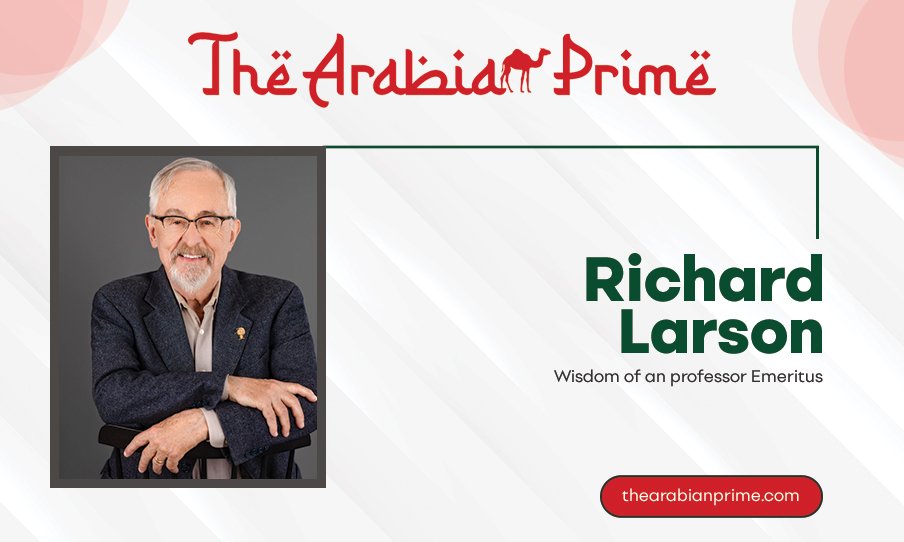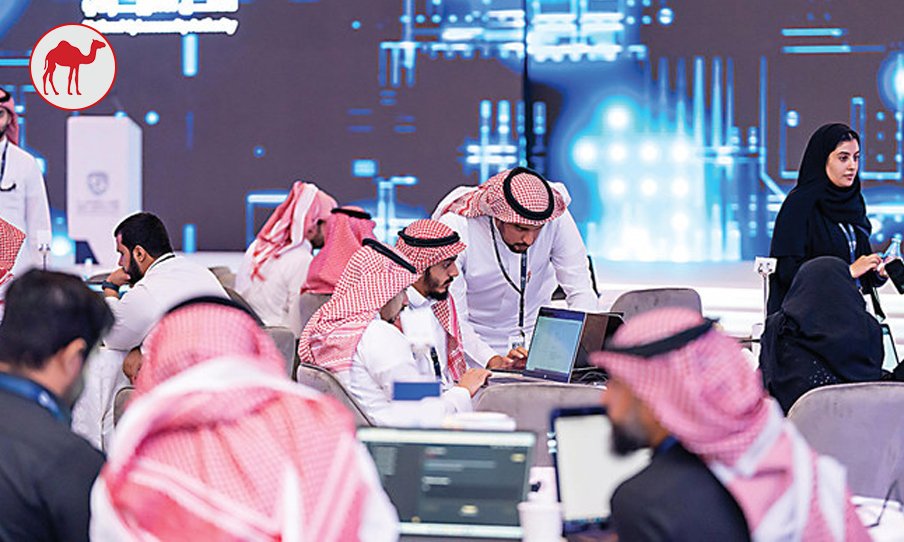July 25, 2025
From Waiting in Line to Leading Innovation: The Challenge That Shaped Richard Larson

It started with a universal frustration: standing in a line that never seemed to end. Richard C. Larson, frustrated by inefficiencies in urban life, saw a simple challenge, queuing delays, as the spark for a lifelong mission. He understood that behind everyday inconveniences lies a wealth of untapped data and systems ready for transformation.
Larson took this observation and connected it to a broader vision. At MIT, he amplified his humble curiosity into pioneering research in operations research and queuing theory, earning the nickname “Dr. Queue.” His innovations, such as the Queue Inference Engine and the Hypercube Queueing Model, significantly streamlined emergency response, public transportation, healthcare, and service systems. But he didn’t stop at models.
Guided by deep empathy and a drive to democratize education, Larson founded initiatives like MIT BLOSSOMS and the Learning International Networks Consortium (LINC), extending quality STEM learning to students across the globe. He also spearheaded MIT’s Center for Advanced Educational Services, launching distance-learning platforms that broke traditional geographic barriers..
Today, as Professor and Distinguished Post‑Tenure Scholar in the Institute for Data, Systems, and Society, Larson continues to bridge analytics and humanity. His new book, Model Thinking for Everyday Life, distills fifty years of expertise into accessible tools for problem framing and decision-making.
Larson’s journey from tackling queuing inefficiencies to reshaping education and civic systems showcases his core philosophy: meaningful innovation begins with empathy, rigorous analysis, and a willingness to challenge the status quo.
From Queens to MIT: Building a Career on Curiosity
Richard C. Larson’s journey began in 1943 in Bayside, Queens. He moved with his family to Pennsylvania and then New Jersey, where early curiosity about how systems worked took shape. That led him to MIT, where he earned a B.S. in 1965, an S.M. in 1967, and a Ph.D. in 1969, all in electrical engineering and operations research. Transitioning from student to faculty in 1969, he committed nearly six decades to MIT, immersed in both technical rigor and real-world challenges.
Career milestones materialized quickly. In 1972, he published Urban Police Patrol Analysis, which earned the Frederick W. Lanchester Prize, given to outstanding contributions in operations research. That early success signaled an approach marked by mathematical precision grounded in fieldwork. It’s not about working harder. It’s about working smarter. Larson applied this mindset to emergency services, teaching systems how to respond faster and more efficiently.
This blend of theory and practice defined his early years: deploying queueing models to optimize police dispatch, collaborating with RAND and New York City agencies. His tools, the Queue Inference Engine and the Hypercube Queueing Model, reshaped how organizations understand and manage waiting, earning citations and earning him the media nickname “Dr. Queue.”
Such achievements were not just academic. They forged connections between MIT and civic institutions like the U.S. Postal Service and NYC’s emergency services. Larson built credibility by solving public problems. He didn’t theorize from a distance. He plunged into the mess of real systems to build solutions. That early choice, to stand at the intersection of theory and application, set the stage for a career defined by impact.
Managing Emergencies and Education
Larson’s influence grew beyond policing. He viewed service systems, healthcare, logistics, disaster response, as complex ecosystems ripe for operations research. His 1981 textbook with Amedeo Odoni, Urban Operations Research, broadened these ideas, offering models applicable to varied public services.
He repeatedly returned to the core insight: Not every risk leads to regret. But every regret comes from a risk not taken. That drove him to pioneer computational techniques, like the queue inference engine, to transform raw data into operational insight . These methods empowered leaders to make decisions with clarity: fewer bottlenecks, faster service, better outcomes.
In the 1990s, he turned that same systems mindset to education. As director of MIT’s Center for Advanced Educational Services (1995–2003), he expanded programs to span Singapore and beyond. He pivoted classrooms into networks. He supported early web-based learning tools, Physics Interactive Video Tutor, MIT World, remote clinical training, all of which anticipated today’s ed-tech explosion..
He launched MIT LINC to connect educators globally; later he brought MIT BLOSSOMS online. These platforms served students from Africa to Asia, bringing high-quality STEM resources to underserved communities. That’s where epiphany-style punchlines deliver: The problem isn’t the plan. It’s the pressure to follow it perfectly. He designed flexible systems that could adapt across cultures rather than impose rigid standards.
Larson’s transition, from optimizing emergency response to scaling educational access, reveals a coherent idea. Systems thinking doesn’t belong to one field. What works in dispatch analytics can work in classrooms. What matters is not applying theory blindly, but translating it to context. It’s about working smarter.
Leadership That Bridges Academia, Industry and Public Service
Leading organizations became natural extensions of Larson’s systems focus. He served as president of ORSA (1993–1994) and later INFORMS (2005), overseeing the two societies’ merger. He also led MIT’s Operations Research Center for over fifteen years and held visiting professorships worldwide, from UC Berkeley to Denmark.
Beyond nonprofits and academia, Larson embraced consulting roles. He founded Public Systems Evaluation, Inc., and co‑founded ENFORTH and Structured Decisions, advising American Airlines, Citibank, the U.S. Postal Service, NYC, and others. He held government posts, Institute of Medicine committees on health emergencies and vaccine distribution, using models to inform policy..
He received numerous honors: National Academy of Engineering membership in 1993, INFORMS medals in 2002–2003, the Harold Larnder Prize in 2004, and a lifetime achievement award in 2017. These accolades recognize not just intellectual contributions, but an ethos of service. He didn’t stay in ivory towers. He built bridges to industry, governments, NGOs, everyday people. He practiced what he preached: solving human problems through data, models, systems. It’s not about working harder. It’s about working smarter.
Queues to Pandemics to the Future
In recent years, Larson pivoted again, this time addressing global health crises. His work on H1N1 vaccine logistics won best‑paper awards in 2012. He wrote about STEM workforce imbalances and atmospheric detection for COVID‑19. Even “STEM crisis or STEM surplus? Yes and yes” carries a punch: it’s not about a single issue, but the layers beneath it..
Through MIT BLOSSOMS, he continues to drive educational equity. By delivering video lessons to millions, he helps level global access, blurring the line between elite institutions and remote learners . His efforts mirror his early work on police patrols: design systems that meet people where they are.
His overarching legacy: systems that serve. Whether optimizing an emergency dispatch or delivering a math lesson thousands of miles away, he asks not just “can we?” but “should we design it this way?” His career feels like a connected story, one of identifying inefficiency, pursuing solutions, and building platforms that scale.
It’s not about working harder. It’s about working smarter. And Richard Larson has built smarter systems for half a century.




